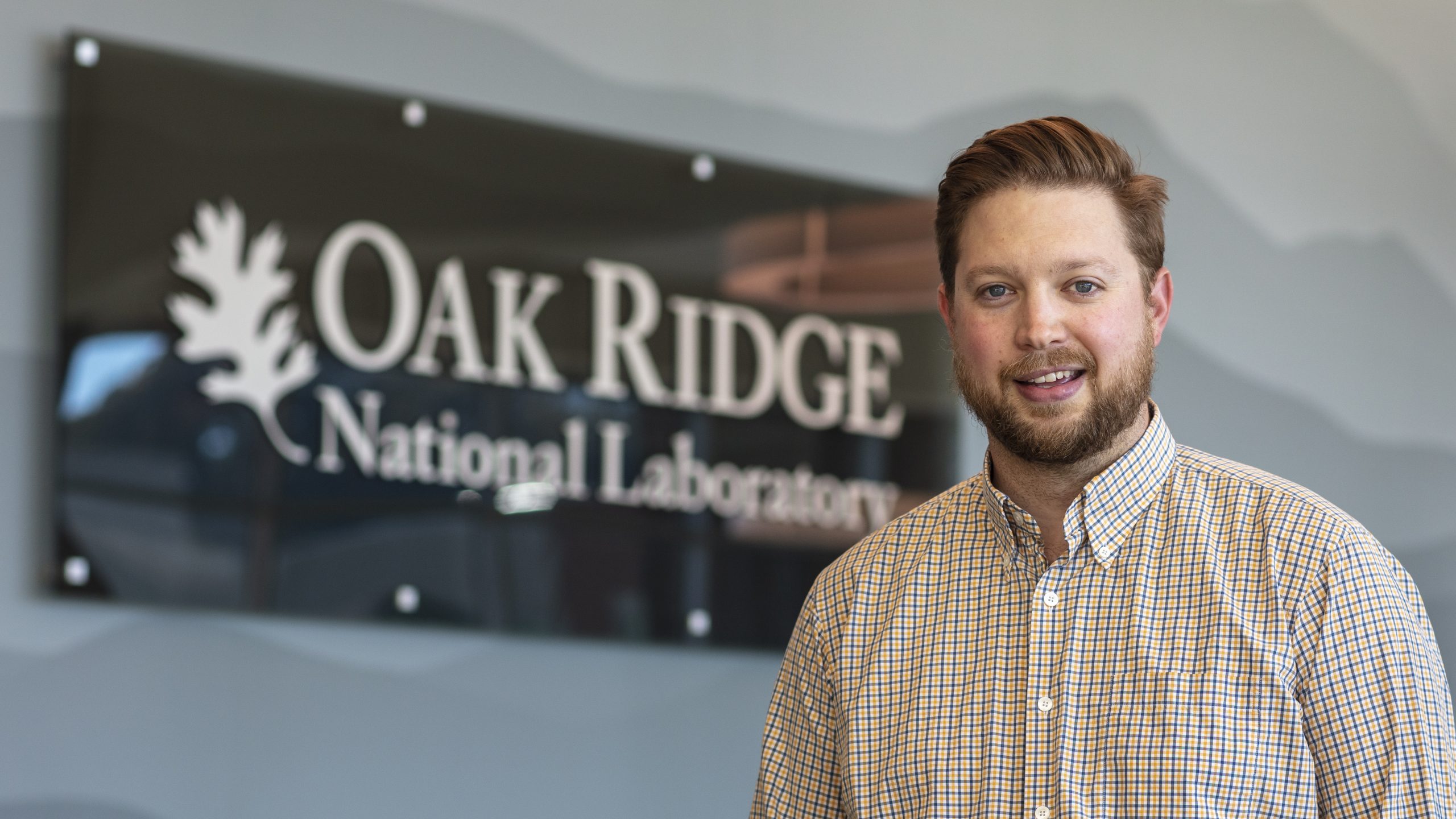Where are we now: Daniel Dunlap
Catch up with Center alumni through this periodic feature!
Dr. Daniel Dunlap received his doctoral degree in 2019, from the ASU School of Earth and Space Exploration. His Center research and dissertation (Chronology of Planetesimal Differentiation Based on the Timing of Achondrite Formation in the Early Solar System) focused on timescales of igneous activity in the early Solar System. His work involved use of both short- and long-lived radionuclides to date the formation of planetesimal crusts with sub-million-year precision, as he investigated the formation ages of three distinct achondrite types using the relative 26Al-26Mg and 53Mn-53Cr chronometers and the absolute Pb-Pb chronometer.
During his time as a graduate student at ASU, Daniel presented at numerous Lunar and Planetary Science Conferences and Meteoritical Society Meetings, and received a Wiley Outstanding Presentation award from the Meteoritical Society as well as the prestigious Dwornik Award for Graduate Presentation from the Planetary Geology Division of the Geological Society of America.

After completing his PhD, Daniel was a joint postdoctoral scholar at the Lunar and Planetary Institute and the NASA Johnson Space Flight Center, where he worked in the Astromaterials Research and Exploration Science group. His efforts there were focused on developing Ca isotope analyses with the intent of dating felsic clasts in Apollo lunar samples using the K-Ca system.
He is currently an Analytical Chemist at Oak Ridge National Laboratory in the Chemical and Isotopic Mass Spectrometry Group of the Chemical Sciences Division. Daniel’s work there involves using multi-collector inductively coupled plasma mass spectrometry (MC-ICP-MS) and thermal ionization mass spectrometry (TIMS) techniques for a variety of applications. This position allows Daniel to pursue his interests in Cosmochemistry as well as work on various projects for the Department of Energy in Oak Ridge National Laboratory’s state of the art facilities.